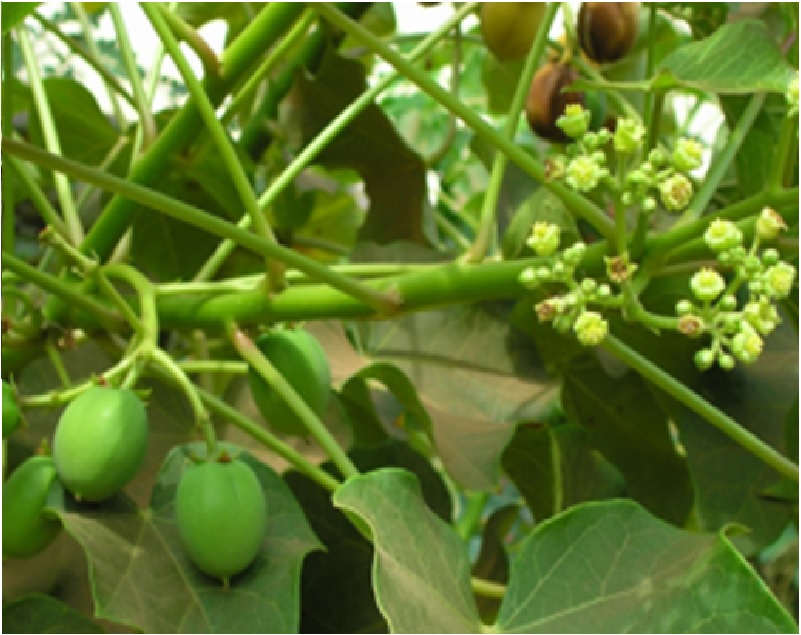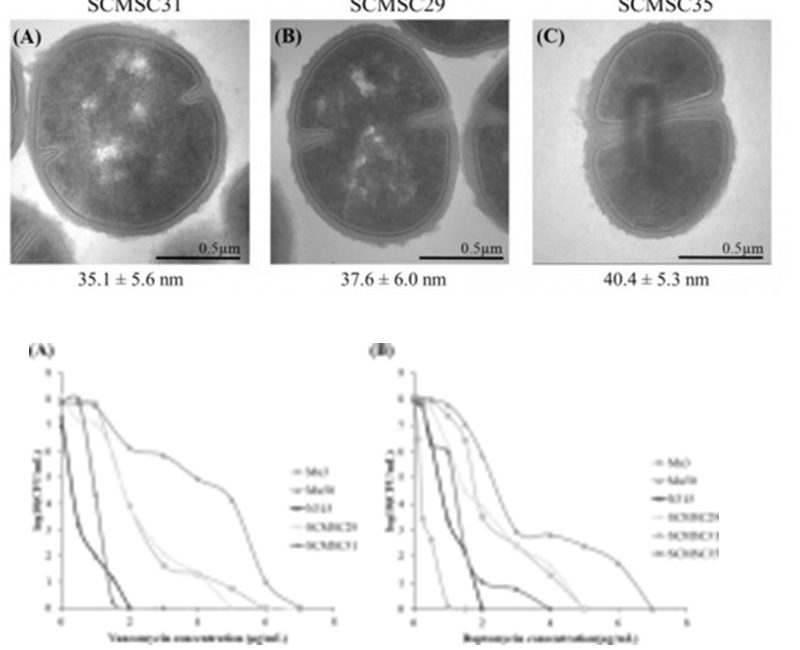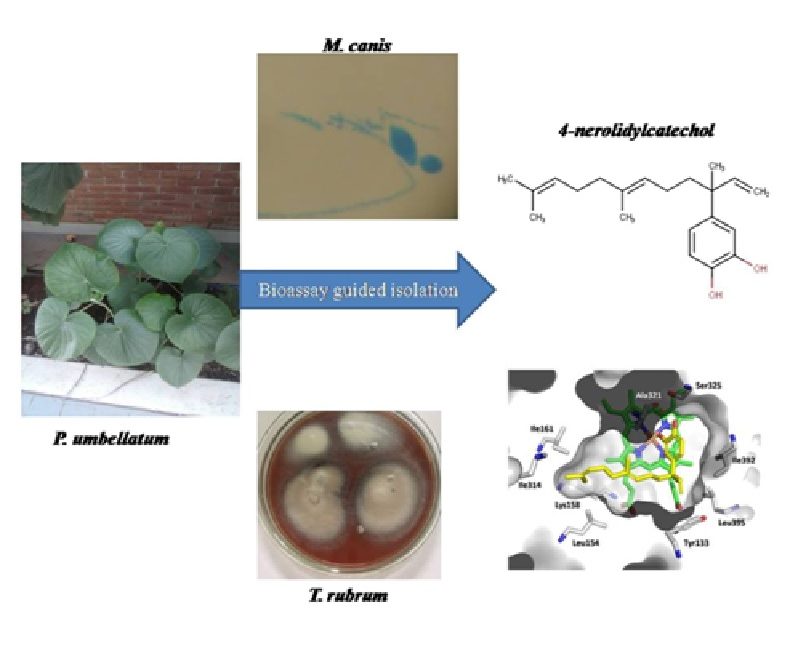
More than the 200 species of the plant of Jatropha genus, commonly distributed in tropical and subtropical regions, are known for their use in agriculture, food and also for their medicinal potential, an aspect that is being increasingly exploited by the scientific community. Ethnobotanical studies suggest its use in the context of traditional medicine in the treatment of malaria, arthritis, infections and cancer. On the other hand, toxic effects such as induction of tumors, platelet activation and irritation of the skin have also been reported.
In a recent study, conducted by researchers led by Vanderlan Bolzani (CIBFar and IQ-UNESP) and published in the journal Phytochemistry, the group reports the isolation of the cyclic peptide Jatrophidin I from the latex of Jatropha curcas L. Nuclear magnetic resonance studies revealed a cyclic structure and molecular dynamics simulations helped in the understanding and prediction of possible conformational changes in solution.
Biological activity experiments show that the peptide is inactive as antimalarial, antifungal and antioxidant. However, in fluorimetric assays in front of pepsin, the compound shows to be an inhibitor of aspartic proteases, having a value of IC50 of 0,88 uM. This value measures the concentration of the peptide, necessary to inhibit 50% of the enzymatic activity.
According to the research team, more experiments will be performed in order to evaluate the activity of the compound on other proteases, such as renin and HIV protease, important molecular targets for developing drugs against hypertension and AIDS, respectively.






